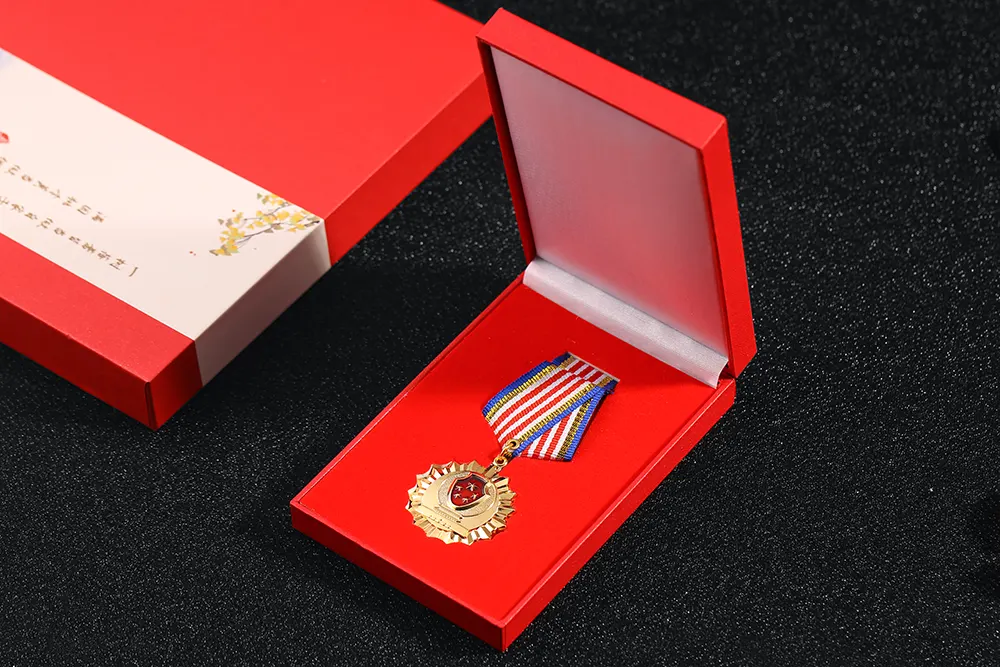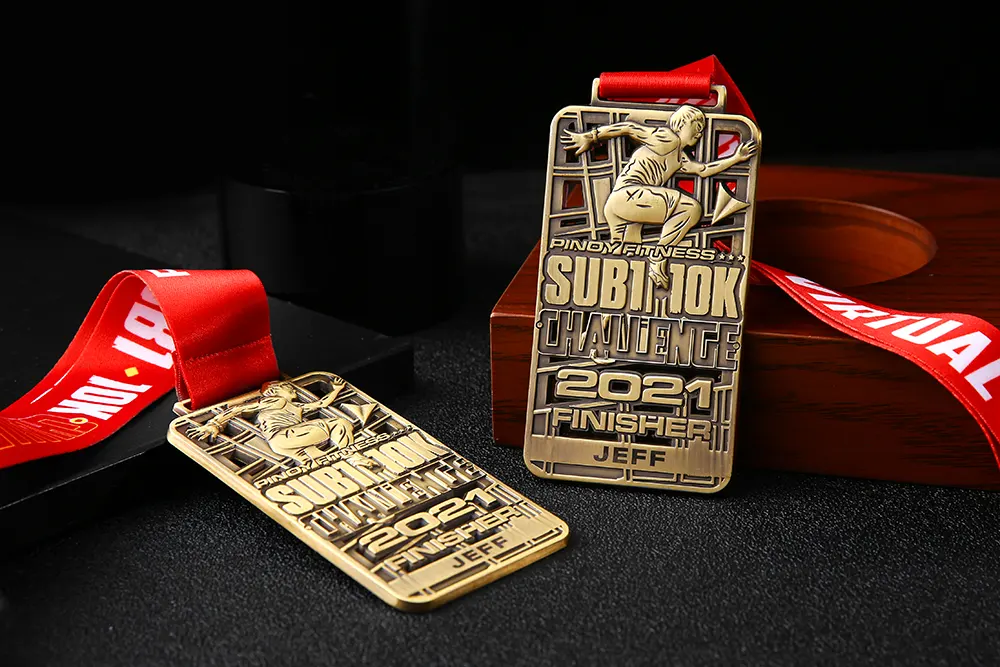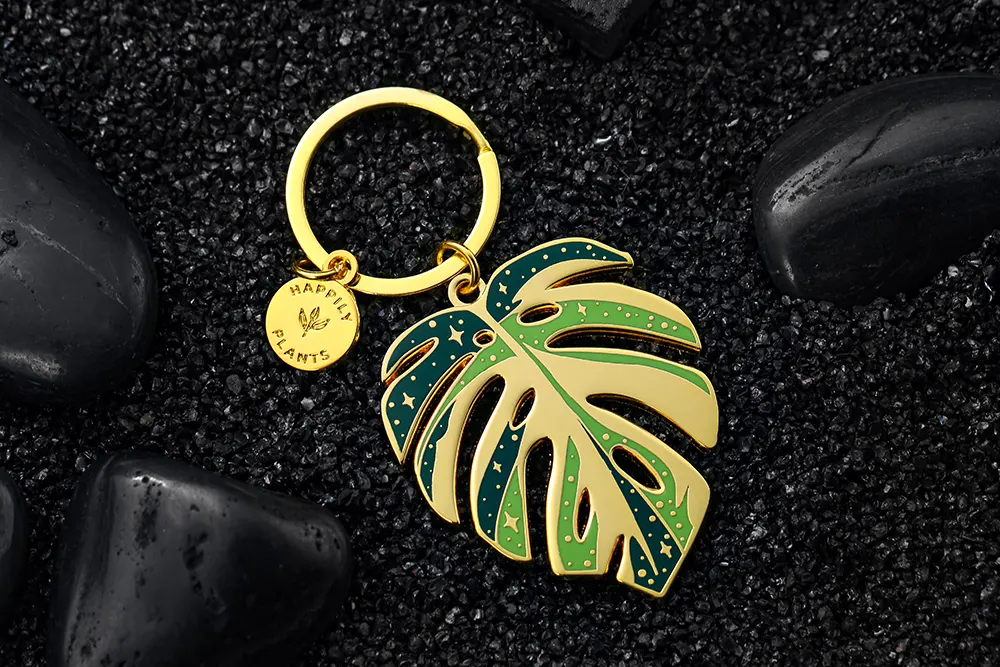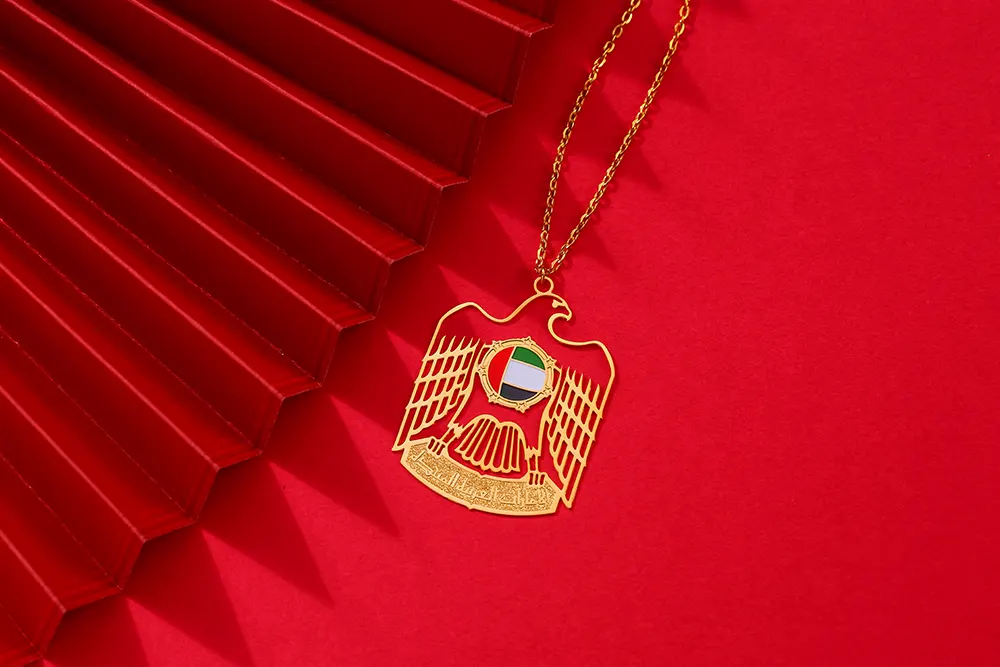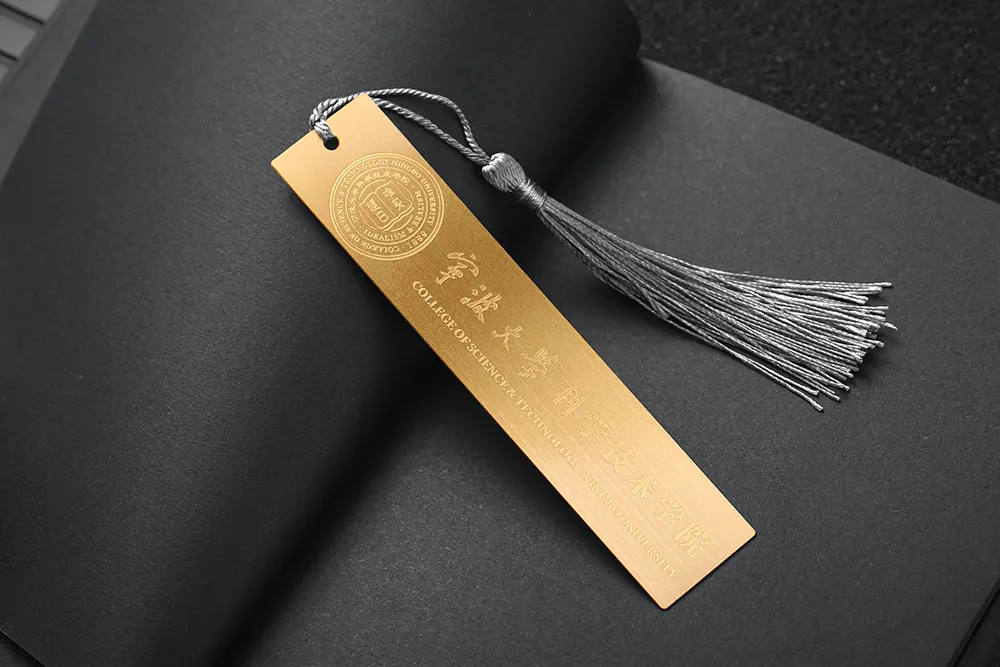Deep Analysis: Future Trends, Challenges & Digital Transformation in the Custom Metal Crafts Industry
Abstract:
The custom metal crafts industry, as a key intersection between industrial manufacturing and creative design, is undergoing a profound transformation driven by global personalization demands and Industry 4.0 technologies. This article offers a macro industry panorama, examining how custom metal parts (including medals, badges, commemorative coins, etc.) evolve from traditional factory orders into a “Craftsmanship-as-a-Service” model. We analyze key trends such as digital manufacturing, complex supply chain challenges, green sustainability, and AI in design. We also forecast the long-term potential of this industry in global branding and identity economy. In this transition, manufacturers like Hesank leverage deep understanding of international standards and service capabilities to become pivotal forces driving industry development.
Chapter 1: The Global Custom Wave: Role Evolution of Metal Crafts
Custom metal crafts, from early luxury coinage and symbols of status, have evolved into core media for global brand marketing, cultural events, and institutional honors. The expansion dynamics of their market come largely from surging demand for event-driven economy and identity recognition.
1.1 Market Drivers: Event Economy & Identity Recognition
The global custom metal crafts market is propelled by several key factors:
- Explosion in sports & entertainment: Global marathons, esports tournaments, independent music festivals—all generate enormous demand for medals, badges, and commemorative merchandise. These products physically manifest participation and achievement.
- Corporate brand culture reinvention: Modern enterprises increasingly rely on tangible assets to motivate employees, reward achievements (e.g. service-year badges, challenge coins), and build emotional connections with clients (e.g. premium keychains, custom metal gifts). The high-end texture and permanence of metal parts make them ideal carriers for communicating a brand’s enduring value.
- Fan economy & cultural-IP proliferation: For anime, movies, games, and independent IPs, fans demand unique merchandise like lapel pins and custom pendants, pushing demand toward distinctive design and exquisite craftsmanship.
1.2 Industrial Transformation: From Mass Production to Hyper-Personalization
The custom metal manufacturing model is shifting beyond simple “sample-to-production” frameworks, moving into a state of hyper-personalized customization. This transition demands manufacturers to possess:
- Design flexibility: Rapid, low-cost translation from client’s abstract ideas to manufacturable 3D models.
- Low MOQ capability: Adaptation to small-batch, varied, high-frequency orders.
- Supply chain transparency: Clients demand traceability of every stage—from design, mold, production, to delivery.
This necessitates that the industry infrastructure evolves from labor-intensive to technology-driven and service-oriented.
1.3 Value Re-definition for Custom Manufacturers: Service & Professionalism
Modern custom manufacturers no longer act as pure “factories,” but as comprehensive solution providers. They must deliver E-A-T (Expertise, Authority, Trustworthiness) based services:
- Technical authority: Offer mold analysis, material selection, surface finish consultancy, avoiding client design flaws that cause manufacturing failure.
- Regulatory compliance: Guarantee conformity to global markets’ environmental and safety standards—e.g. lead-free plating, nickel release limits, RoHS/REACH.
- IP protection: Establish rigorous confidentiality protocols to protect clients’ design assets.
Chapter 2: The Intersection of Digital Manufacturing: Tech Innovation & Craft Fusion
The manufacturing journey of custom metal crafts is a paradigm of integrating traditional craft with high-precision modern technology. Digital tools dramatically raise efficiency, reduce trial-and-error cost, and expand design boundaries.
2.1 Software-Driven: The Core Role of CAD/CAM in Customization
Modern customization workflows begin with software. CAD & CAM systems are foundational for mold precision and production efficiency.
- Precise modeling: CAD systems build exact 3D models, simulating metal flow, wall thickness, relief depth, eliminating defects before mold-making.
- Prototype acceleration: Coupling with 3D printing lets manufacturers swiftly produce resin or plastic prototypes for client preview and tactile evaluation, dramatically shortening lead time from concept to sample.
- ERP/MES integration: By integrating enterprise resource planning (ERP) and manufacturing execution systems (MES), factories can monitor process progress, inventory, and quality metrics in real time, enabling flexible production scheduling.
2.2 Precision & Diversification of Core Techniques
Custom metal parts often rely on die-casting and stamping. Modern demands push these techniques toward greater precision:
2.2.1 High-Precision Die-Casting
Die-casting fits for 3D relief coins, medal bodies, and dimensional keychains. Advances in alloy temperature control and injection pressure ensure full mold fill, pore-free castings, and crisp detail—vital for high-relief engraving.
2.2.2 Cutting-Edge Surface Treatments
- PVD vacuum plating: More durable, corrosion-resistant, and eco-friendlier than conventional electroplating, enabling uniform and lasting gold/silver finishes.
- Multi-color enamel techniques: Traditional enameling (hard, soft) fused with screen printing and laser engraving to achieve fine gradients, highlights, and intricate line work.
- Anti-oxidation & wear-resistant coatings: Crucial for high-use items like keychains and outdoor medals.
Chapter 3: Supply Chain Challenges & Green Sustainability
The custom metal crafts industry epitomizes globalized supply chains—and simultaneously faces geopolitical, regulatory, and logistics challenges.
3.1 Resilience Amid Geopolitics
Supply chain resilience (not cost alone) becomes more critical amid shifting trade policies and tariffs. Manufacturers must have flexible export strategies and adapt to origin rules. Regional specialization emerges: some regions excel in enamel and casting, others in rapid prototyping, demanding integrative supply chain partners. In time-sensitive scenarios like event medals, strong logistics partnerships ensuring delivery windows become non-negotiable.
3.2 Environmental & Sustainable Imperatives
Global demands for “green manufacturing” force deep industry transformation—not just regulation compliance, but brand client trust. Key initiatives include:
- Lead-free & nickel-free plating: Strict adherence to EU REACH, US CPSIA limits.
- Waste management systems: Efficient wastewater, waste gas, and solid waste recycling to reduce environmental impact.
- Material traceability: Source metals (zinc, copper, steel) from sustainable mining operations. Products with disclosed carbon footprint offer differentiation.
3.3 Global IP Governance & Professional Services
Designs are clients’ core assets. Manufacturers must provide cross-border IP protection mechanisms:
- Strict NDAs: At design and mold phases enforce confidentiality with all staff and partners.
- Physical isolation: Mold rooms and production lines partitioned and access-controlled to prevent leakage.
- Legal risk support: Assist clients in global trademark/patent strategy. In this domain, seasoned factories like Hesank embed IP protection into their base service offering.
Chapter 4: Toward the Future: Tech Empowerment, Design Revolution & Market Evolution
Over the next decade, the custom metal crafts industry will be shaped by tech innovations and evolving demands.
4.1 AI in Design & Prototyping
- Generative Design: AI generates thousands of variants based on themes/budgets, accelerating idea-to-proposal.
- Feasibility analysis: AI tools assess mold difficulty/cost constraints in real time, optimizing usage and production efficiency.
- Client experience: Clients may simply describe or upload image references, and AI-powered platforms generate 3D renders and quotations on the fly.
4.2 Material Science & Boundary Expansion
- Lightweight trend: Demand for wearable medals and badges pushes adoption of titanium, high-grade aluminum, and composites.
- Smart integration: Embedding NFC/RFID chips in medals linking to completion data or offers, or using smart badges for access control.
- Functional coatings: Antimicrobial, fingerprint-resistant, self-cleaning surfaces for frequently handled keychains and badges.
4.3 New Market Forms: Servitization & Verticalization
- Servitization: Manufacturers shift from product sales to offering customization solutions—design consulting, IP management, global subcontracting, and fulfillment in one package.
- Vertical specialization: Highly specialized manufacturers focusing on niches (esports medals, outdoor challenge coins, luxury cufflinks) leverage deep expertise to dominate submarkets.
Conclusion
The custom metal crafts industry, once perceived as traditional manufacturing, now stands at the forefront of technological revolution. It meets global demands for personalization and brand narrative, while continuously raising its industrial value through digital, sustainable, and intelligent transformation. The future belongs to manufacturers who seamlessly blend exquisite metal craftsmanship with high-efficiency digital technology—delivering enduring, resonant artifacts to global clients, representing honor, identity, and emotional connection.
















